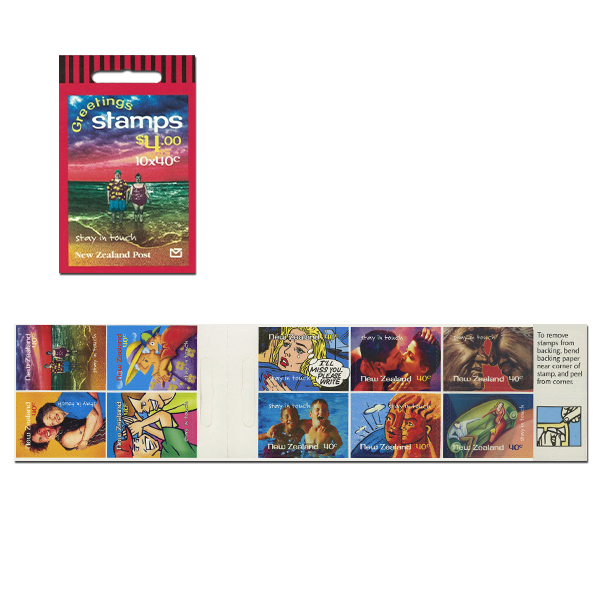
The need to stay in touch with our family and those we care for is a fundamental part of our humanity and our civilisation. But what we communicate, and how we choose to do so, very much reflect the influences of personality, culture and situation.
Issue information
Communication itself, the exchange of meaning between individuals through a common system of symbols, has been the topic of lengthy conversation, dissertation and discussion since the times of the ancient Greeks. The general consensus until relatively modern times, has been that communicating is simply a natural human function, born out of the very basic need for one person to tell another something.
However, advances in science and technology over the last ccentury and the corresponding rise in social power achieved by mass communication media such as newspapers, periodicals, radio, television, film and the internet, have drawn attention to mankind's ability to communicate more effectively, influentially and globally than ever before. Communication has changed because, quite simply what and how we expect to communicate have changed. The facsimile machine allowed us to send pictures and text through the phone line, and a new means of communication - the fax - was born. The mobile phone meant you could talk to anyone from anywhere. Voice mail introduced its own etiquette and frustrations.
Mass methods of communication too have proliferated, especially in the last 25 years. Many of them like email and the internet, have their own language and culture and have introduced new ways for peope to greet each other, talk and even work together. As a result, say experts, dozens perhaps hundreds of different types of interpersonal communication now exist and new means of contact are being invented all the time. The irony of these developments is that keeping in contact with family and friends is even more important.
A handful of the more traditional methods of greeting and staying in contact with other members of humanity was captured in this issue of ten 40c stamps, and one of easiest and sincere ways to stay in touch, was by sending a letter. In 1837 Rowland Hill, an Englishman recommended collecting postage for letters before they were delivered. His suggestion was that a paper receipt be attached to the mail item once payment had been made. Hill's idea was "a bit of paper just large enough to bear the stamp and covered at the back with a glutinous wash which the bringer might, with a little moisture, attach to the back of a letter". The modern day stamp was born and the first recorded sale took place on 6 May 1840.
The hongi, the kiss, the high five, a hug and others in this issue reflected the diversity of ways New Zealanders chose to convey their emotions to one another.
Product Listing for Greetings
| Image | Title | Description | Price |
|---|---|---|---|
 |
First Day Cover | First day cover with stamps affixed. Cancelled on the first day of issue. | $4.50 |
 |
Self-adhesive Booklet | Booklet containing 10 x 40c self-adhesive stamps. | $4.00 |
Technical information
| Date of issue: | 15 April 1998 |
|---|---|
| Number of stamps: | Ten |
| Denominations and designs: | Ten stamps x 40c of different designs |
| Stamp booklet and first day cover designed by: | Colenso Communications Ltd, Wellington, New Zealand |
| Printer and process: | Southern Colour Print, New Zealand by lithography |
| Number of colours: | Four process colours |
| Stamp size and format: | Six stamps: 37mm x 26mm (horizontal) ; Four stamps: 26mm x 37mm (vertical) |
| Paper type: | Harrison red phosphor coated litho self-adhesive stamp paper |
| Cost of unadressed first day cover: | $4.50 |
| Number of stamps per booklet: | 10 |
| Perforation gauge: | Die cut |
| Special blocks: | Due to the booklet nature of this issue, the stamps were not available in sheet format, therefore blocks of stamps were not available. |
| Period of sale: | These stamps remained on sale until 15 April 1999. |



